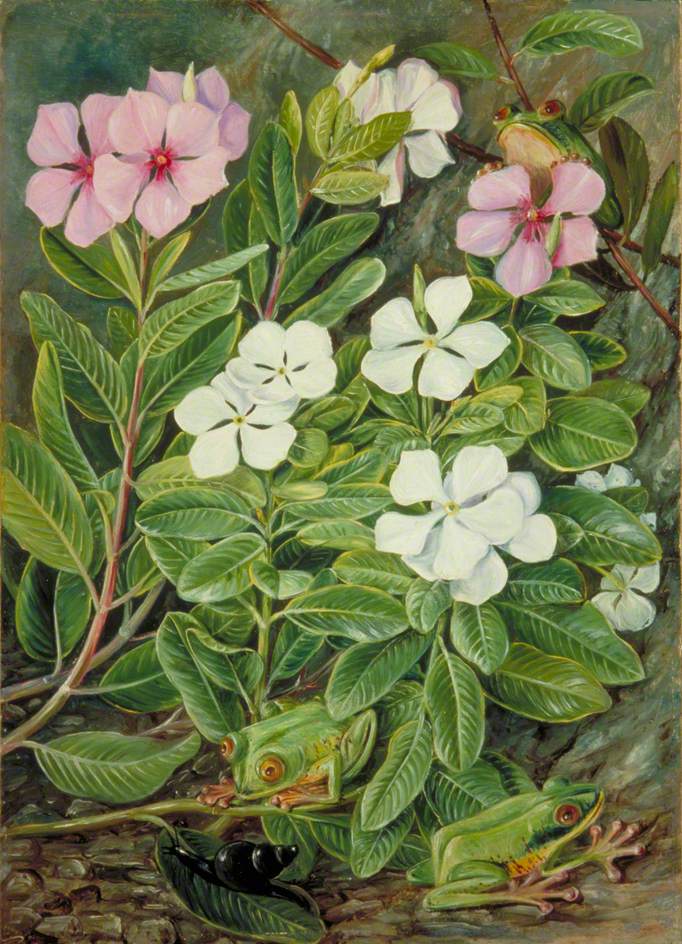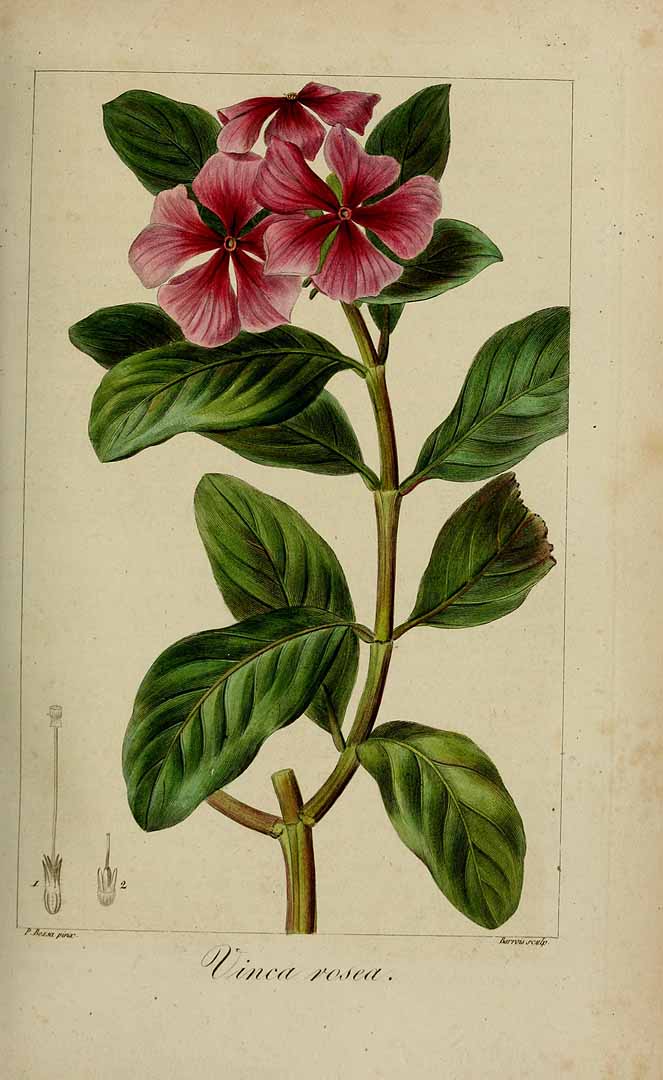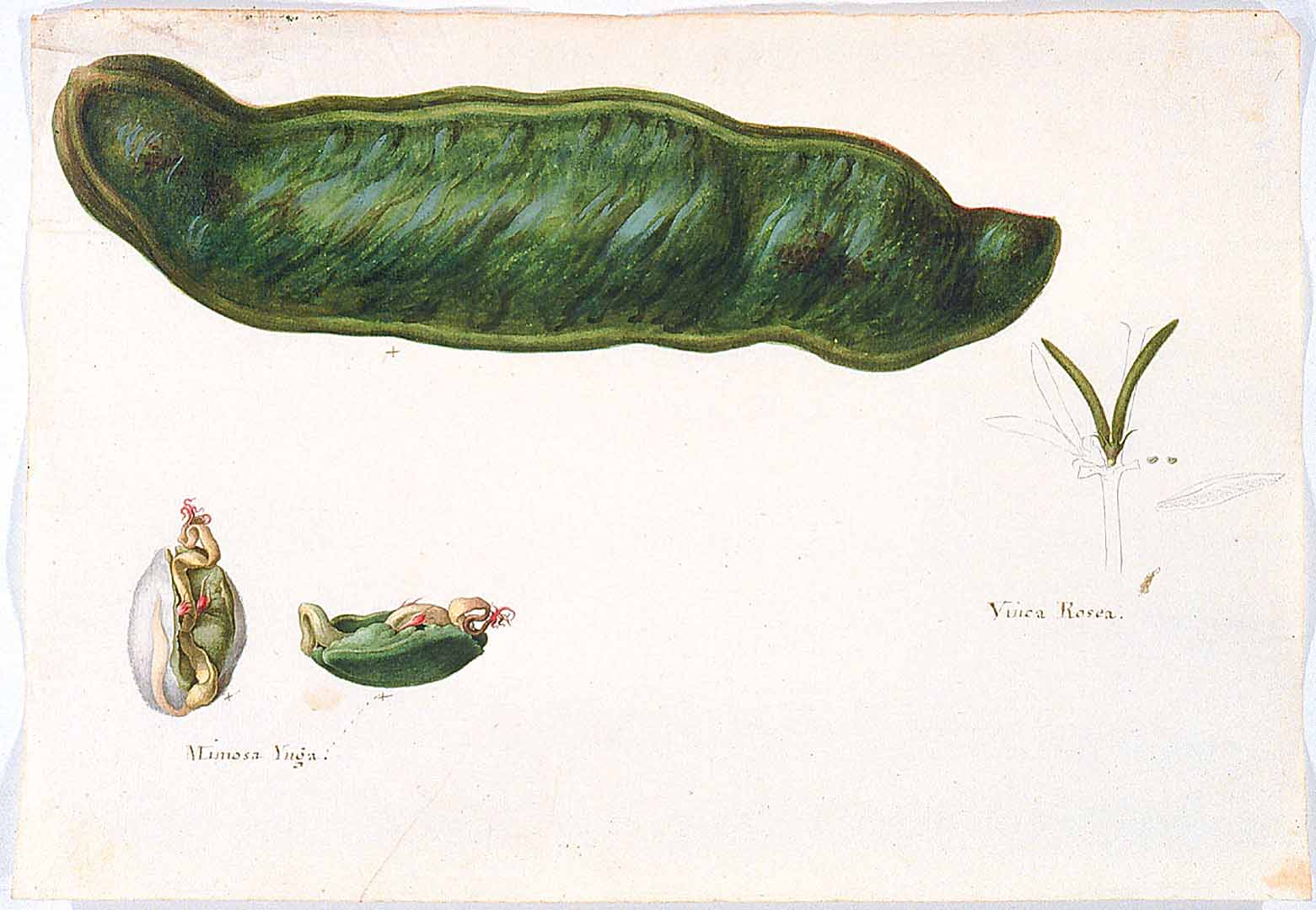! Nouveau site ici !
Vita > Plantae > Magnoliophyta > Magnoliopsida > Gentianales >
Apocynaceae > Catharanthus
Catharanthus roseus

 | * - ****
| * - ****
Vita > Plantae > Magnoliophyta > Magnoliopsida > Gentianales >
Apocynaceae > Catharanthus
Catharanthus roseus

Un arbuste à feuilles persistantes. Il pousse 1 m de haut et s'étend sur 1 m de large. Dans les climats plus froids, il est plus petit et cultivé comme une annuelle. Il a une base boisée et un dessus charnu... (traduction automatique)
→suite
⬀
Le  donne accès au menu
donne accès au menu (c'est votre point de repère) 😊 ;
En dessous vous avez la classification, à partir de la vie (Vita, premier rang) jusqu'à la classe au dessus de la plante, dont vous trouvez ensuite le nom scientifique/botanique (latin) puis le nom commun (français), le cas échéant ;
C'est aussi un lien vers la fiche complète (tout comme la ✖, en bas à droite, et le +, en dessous de la description) ;
Vient alors l'illustration (ou ce qui la remplace, en attendant), la comestibilité :
Et en bas
⬂







